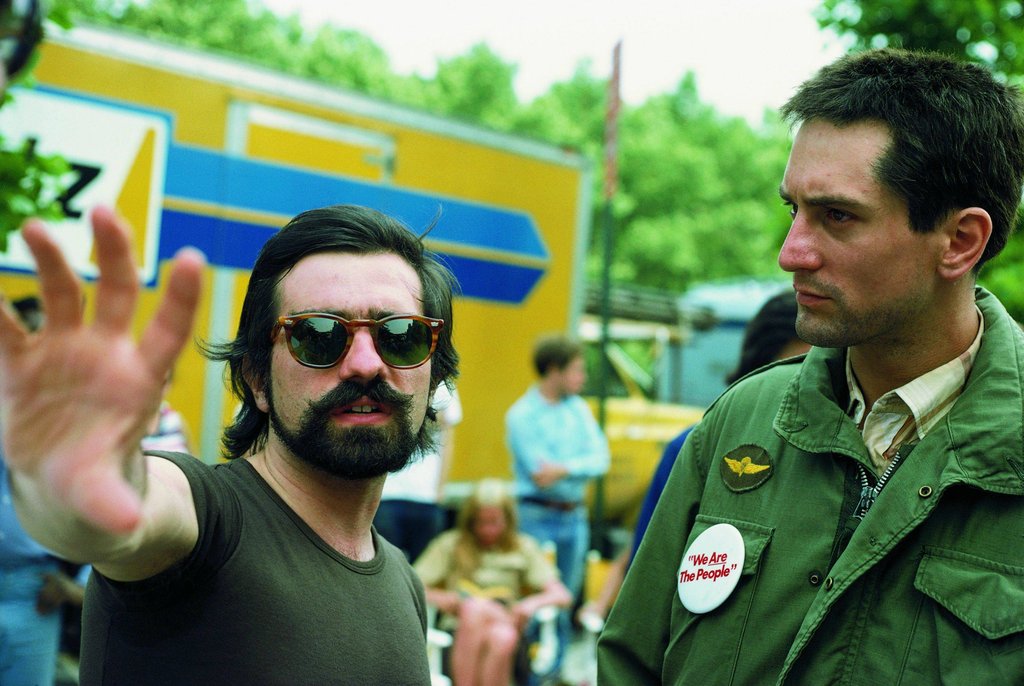
A good muse is hard to find. But luckily for movie lovers, some of the greatest actors and directors found mutual inspiration in each other, and produced some iconic art in the process.
One might imagine that the right combination of premier talent would simplify the creative process, but this has not always been the case. On the contrary, many of the greatest actor-director collaborations have been extraordinarily tense and complex. The nature of their professional roles is completely different, and often each party recognizes some quality in the other which they do not themselves possess – trying to channel that external trait into coherent art is what gets tricky.
On paper or off screen, it might have looked like the yin and yang of these directors and actors were an impossible fit, but the resulting friction created some explosive genius that more than convinces us of the match. Here are ten films representing the most perfect pairings.
1. Andrei Rublev (Anatoly Solonitsyn – Andrei Tarkovsky)
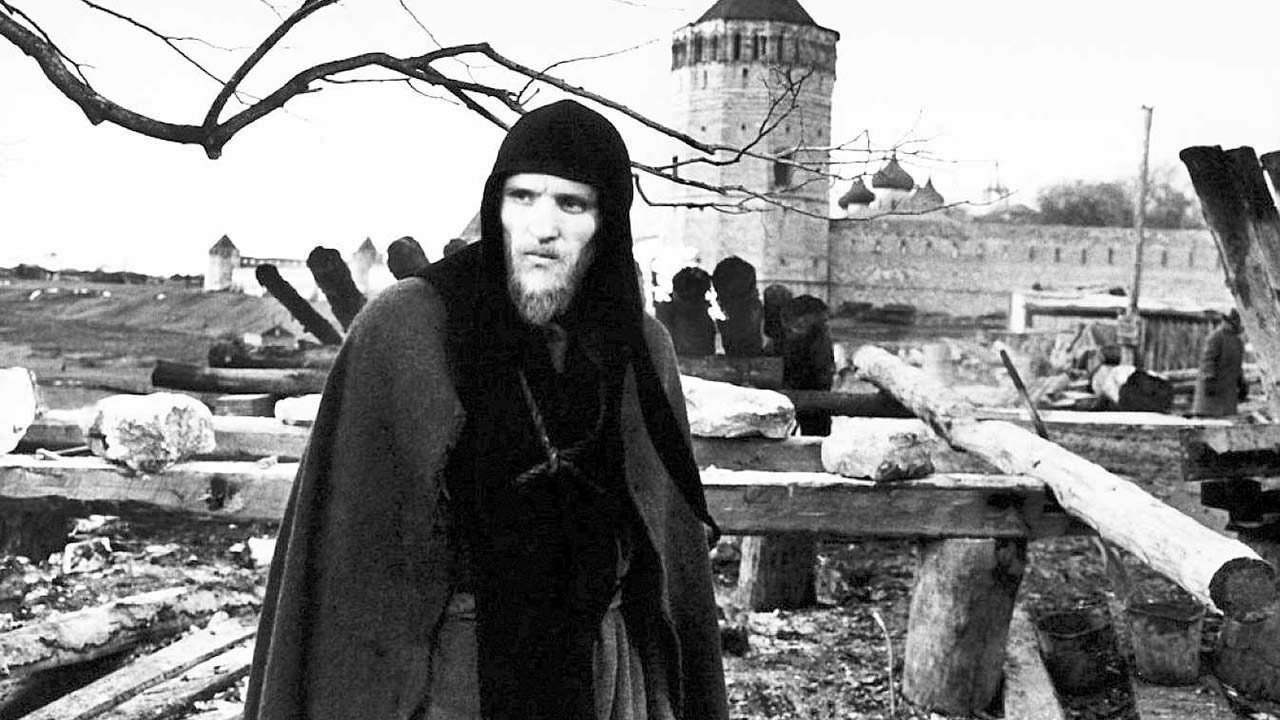
Did they get along? Yes
The thoughtful face and noble brow of Anatoly Solonitsyn wore the imprint of Andrei Tarkovsky’s lofty concepts more than once over the years. The great Russian director’s films needed actors who could effectively deliver profound lines of dialogue, and also navigate long stretches of silence and stillness. Solonitsyn handled both so well that this legendary partnership formed and endured, granting both parties cinematic immortality.
Solonitsyn’s role in Andrei Rublev was iconic in both nature and stature. He plays the famous Russian icon painter with poise and passion, depicting Rublev’s spiritual struggles and artistic triumphs with unforgettable effectiveness. Told through a series of vignettes, Andrei Rublev’s unconventional style has been worshipped and studied as only a handful of movies have ever been. This film is truly an all-time great, and a towering achievement in the history of cinema.
Other memorable collaborations: Solaris; Stalker; The Mirror
2. Taxi Driver (Robert De Niro – Martin Scorsese)
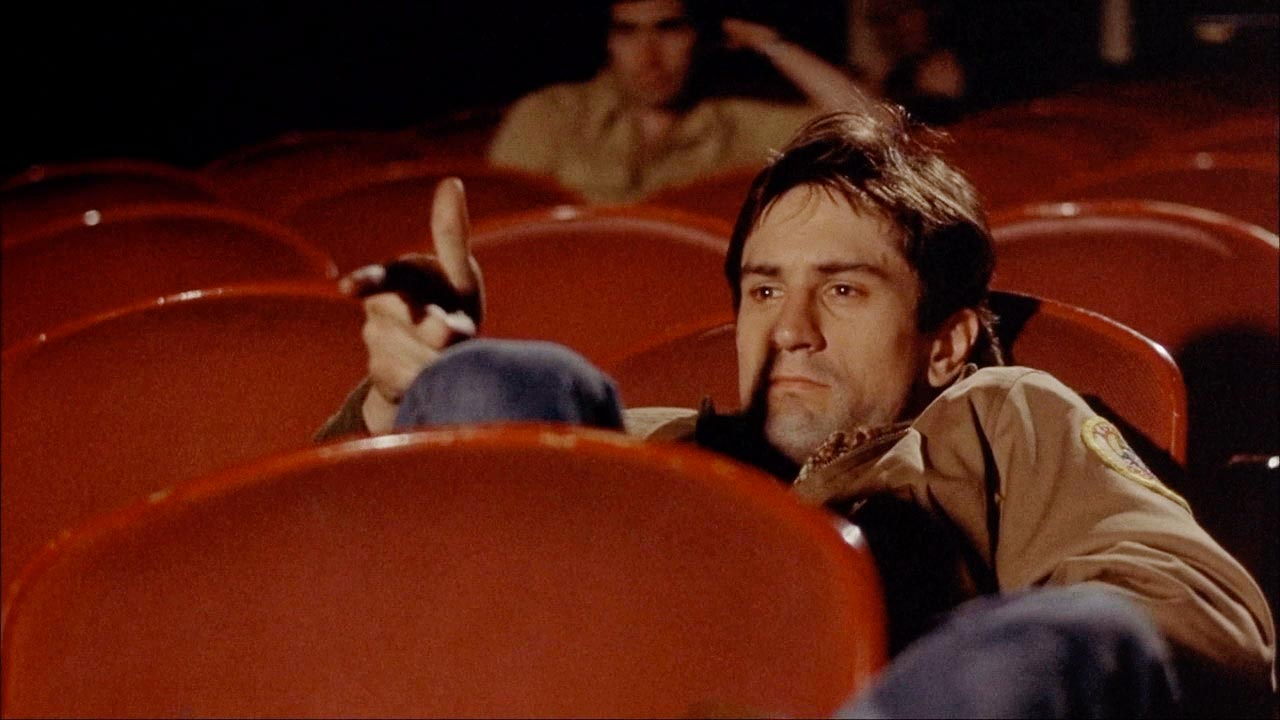
Did they get along? Yes
The straightforward, streetwise sensibilities of Robert De Niro found a perfect home within the intense, often manic energy that animates the films of Martin Scorsese. Though De Niro has famously portrayed a variety of characters with ease, his tenure with Scorsese often found him in the role of a foul-mouthed mobster. Scorsese’s talent was also put to use across movies of varying genres, but his gritty collaborations with De Niro stand as some of his most famous efforts.
In Taxi Driver, De Niro reined in some of his frequent ferocity to play a disturbed loner living on the fringes of society. It’s widely recognized as one of the most dedicated and effective performances ever, with De Niro undergoing rigorous physical conditioning to prepare for the part. Taxi Driver is the movie that catapulted Scorsese to the forefront of American cinema, where he has resided ever since. It’s a deeply emotional experience resulting from the stark and unflinching examination of a broken personality.
Other memorable collaborations: Raging Bull; Goodfellas; Cape Fear; Casino
3. The Virgin Spring (Max Von Sydow – Ingmar Bergman)
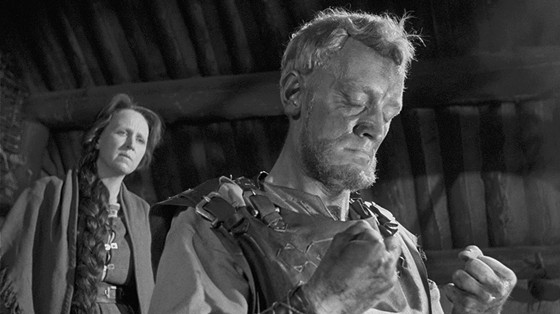
Did they get along? Yes
It must have been love at first sight for Ingmar Bergman. The gaunt, rugged face (even in his 20’s, when they made The Seventh Seal together) of Max von Sydow seemed custom made to broadcast the existential anguishes of Bergman’s life and films. Their collaboration is one of the most prolific and successful in the history of cinema. Bergman loved making movies about individuals, and he found a versatile vessel in the dignified and intense Von Sydow. Let’s all thank our lucky stars that these two paths crossed.
The Virgin Spring takes full advantage of both Von Sydow’s imposing physical presence and Bergman’s tragic sensibilities to create a powerful film. A medieval tale of vengeance based on a 13th-century Swedish ballad, this film is a unique one in the Bergman-Von Sydow canon. The Virgin Spring weds Bergman’s usual existential angst to violent action, creating an exciting and horrific story. It’s a tour-de-force of acting and directing, and can’t be missed.
Other memorable collaborations: The Seventh Seal; Hour of the Wolf; The Magician; Shame
4. The Man Who Shot Liberty Valance (John Wayne – John Ford)
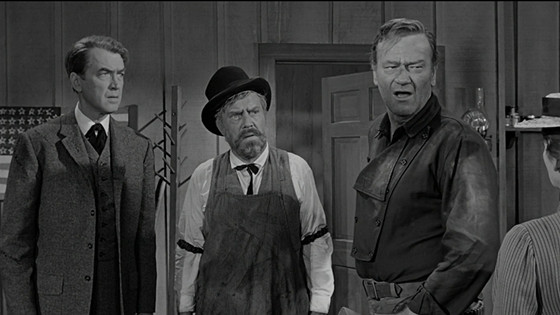
Did they get along? Sometimes
John Ford was well known for making movies that tended to romanticize the “Old West”, and the plain-spoken, straightforward persona of John Wayne feels like it materialized within and walked right out of one of Ford’s films. This collaboration was the meeting of two readily identifiable and iconic name brands which were tailor made for each other. It’s not that Wayne couldn’t play other types of characters, or that Ford couldn’t direct other types of movies – but they found their sweet spots doing what they loved and exceled at together.
The Man Who Shot Liberty Valance was a slight change of form for both actor and director, with each playing against type to execute what some consider their most successful collaboration. Wayne plays an anti-hero of sorts, leaving us with real doubts throughout as to whether he’ll walk away from this particular fight as the victor in either the romance or the gunfight.
Ford, for his part, takes a sharp turn toward pessimism, shooting in black and white and brooding on many shades of moral gray. It’s still recognizable as his work, but viewers who find most of his movies lacking in realism will look more kindly on The Man Who Shot Liberty Valance.
Other memorable collaborations: Stagecoach; Fort Apache; The Quiet Man; The Searchers
5. Throne of Blood (Toshiro Mifune – Akira Kurosawa)
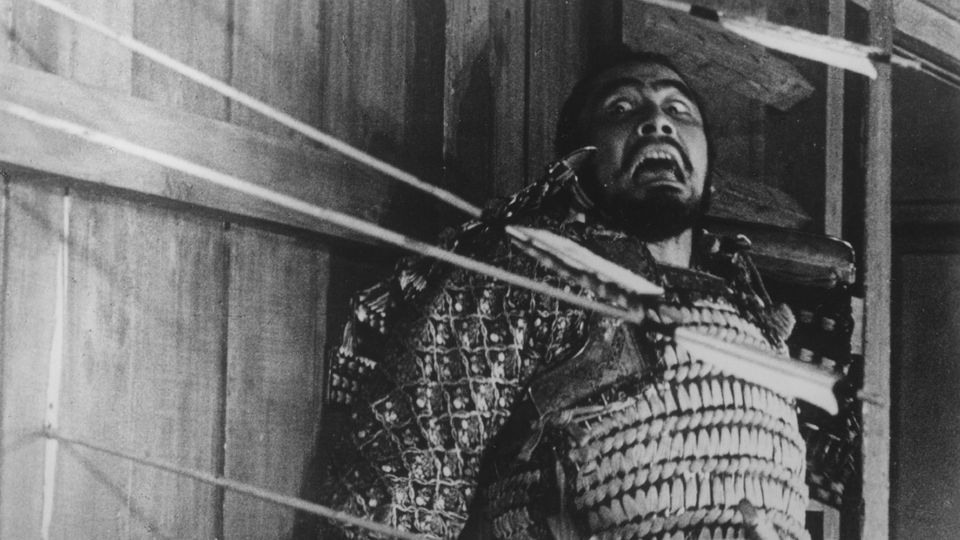
Did they get along? Sometimes
The names Toshiro Mifune and Akira Kurosawa seem joined at the hip for many movie lovers, and while both were enormously independently talented it’s hard to imagine the career of one without the other. Mifune often found himself in the role of samurai when working with Kurosawa, and these are the movies most often associated with them; but this is far from the extent of their work together.
They joined forces for a number of modern stories, including adaptions of Shakespeare and Dostoevsky. But in whatever setting they found themselves, magic was produced. Mifune’s ability to leap from quiet brooding to manic bursts of energy seemed to channel the explosive creativity of Kurosawa’s brilliantly restless brain. Movie lovers have a lot to be thankful for with this perfect partnership.
Throne of Blood reimagined William Shakespeare’s Macbeth in feudal Japan to enormous success and acclaim. Shifting the geographic and cultural setting of such a legendary work is never an easy task, but of course the brilliant Kurosawa pulled it off. Mifune’s powerful presence and Kurosawa’s stylistic genius make this not only a legendary collaboration but also one of the best Shakespeare adaptions around.
Other memorable collaborations: Seven Samurai; Yojimbo; Rashomon; Red Beard